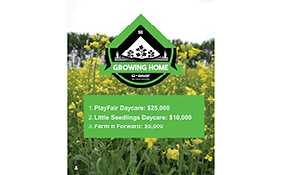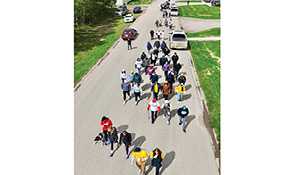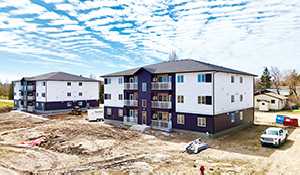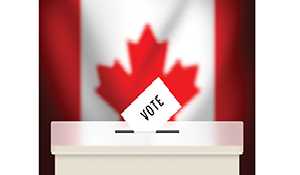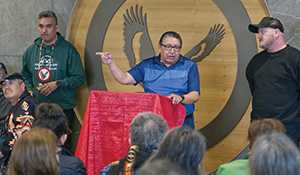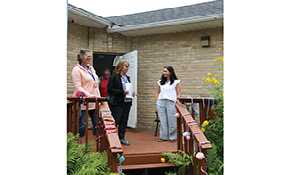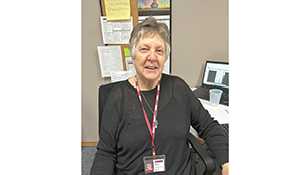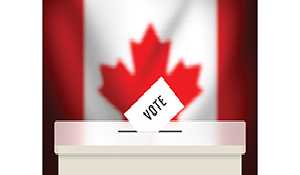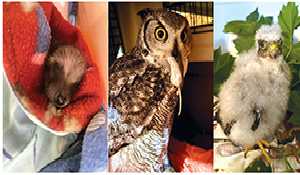Saskatchewan leads Canada in economic growth
May 9, 2023, 3:30 pm
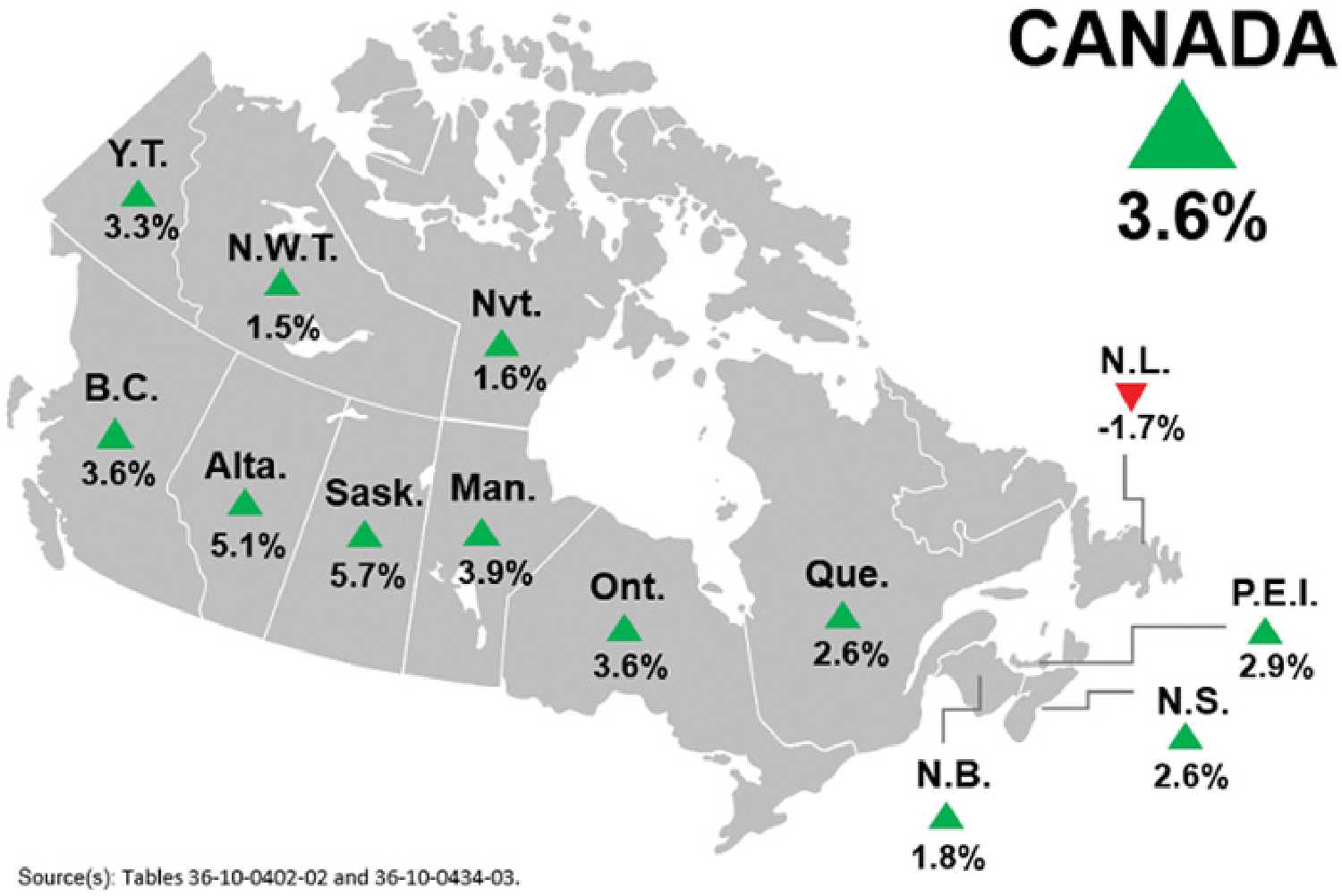

Saskatchewan is leading Canada in economic growth.
Statistics Canada has released the 2022 Real Gross Domestic Product report, showing Saskatchewan with an increase of 5.7 per cent from 2021, ranking first among the provinces.
Real GDP growth is economic growth after accounting for inflation.
In 2022, the agriculture, forestry, fishing and hunting industry increased by 45.6 per cent from 2021, the highest percentage change among Saskatchewan industries.
“Saskatchewan’s economy has been leading the country for many months and it’s no surprise that our economic growth led the nation for 2022,” Premier Scott Moe said.
“Combined with significant private sector investment, it is clear Saskatchewan has the food, fuel and fertilizer the world wants and needs, which is translating into good jobs and growth that works for everyone.”
Every province and territory except Newfoundland and Labrador saw economic growth in 2022. Most jurisdictions saw a deceleration from the pandemic recovery-fueled growth observed in 2021 with the exception of Saskatchewan, Manitoba and Alberta, which all had higher growth than the previous year.
The Prairies are leading growth across the country, with Saskatchewan recording the highest growth in the country at 5.7 per cent, Alberta the second highest at 5.1 per cent, and Manitoba the third at 3.9 per cent.
Kindersley MLA Ken Francis, Legislative Secretary to the Minister of Trade and Export Development, said many factors contribute to the growth in GDP.
“There’s actually a bunch of factors,” he said. “Of course agriculture, forestry, our energy products, mining like you have in your area, there are a whole host of things that are firing on all cylinders right now, so it’s a good time in the province.”
Francis said he expects to see continued growth in GDP, with many of the same industries leading growth.
“It’s a moving target when it comes to especially commodities,” he said. “I think we are quite positive thinking that the trend will continue for a period of time. You don’t know exactly how long those periods of time are going to last. With world conflict having a bearing on things, you can never project long term with any of this stuff, but I think we are poised for continued growth as far as a good crop start this year and continued strength in agriculture. We have better moisture conditions than we had last year. It’s a marked improvement from the start we had last year so hopefully agriculture has another good year. With prices the way they are and looking like they are going to hold for the short term at least, we expect this upcoming year to be another success.”
Francis said a combination of good planning and good luck have led to the growth in Saskatchewan’s economy.
“Especially for world events, nobody plans on that stuff. As an agriculture power house we’ve always been expected to lead in food production and I think we just take that on year by year expecting that to be the case and the lift in the prices also provides for a boost. But those prices don’t always stay. Farmers are very flexible, and they can shift very quickly, whether that’s changing crops or making whatever changes they need to. I just heard the other day our projected wheat acres are going to be the highest in some time because Ukraine is one of the top producers of wheat in the world and we have to take up some of that slack.
“Our producers are going to hopefully backfill some of that. Our producers are very flexible and resilient to change. We seem to be able to pivot fairly quickly.”
What does the province need to do to ensure that the growth continues?
“We really strive to be a friendly jurisdiction when it comes to business,” Francis said. “We don’t like to over-regulate, we don’t like to over-tax. We like to be considered open for business and I think we are going to continue to do that.
“And we’ve seen investment with several private industries expanding their operations in Saskatchewan. Canola crush is a prime example. And we are seeing that in several different areas of the province.
“I think our message is getting out there. I know our trade and export ministry is telling that message around the world, and with our trade offices it’s another example of how we are showcasing what we have to offer in the province.”
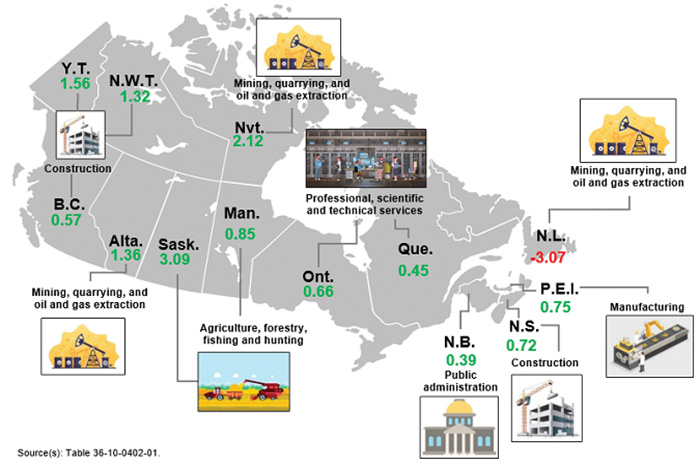

Second lowest unemployment
Newly released labour force numbers from Statistics Canada for April show strong, continued growth in Saskatchewan’s economy, with 5,600 new jobs when compared to April 2022. All job growth was full time employment.
“Saskatchewan continues to impress with even more job growth in the face of national economic uncertainty, with 5,600 new jobs and the second lowest provincial unemployment rate,” Immigration and Career Training Minister Jeremy Harrison said. “With 25 months of consistent job growth, year-to-date merchandise and wholesale trade exports both up 30 per cent, and over 50 per cent increase to urban housing starts, Saskatchewan is proud of the story it has to tell of growth that works for everyone.”
Saskatchewan’s seasonally adjusted unemployment rate reached 4.8 per cent, tied for the second lowest among the provinces, and down from 5.4 per year from April 2022. The national unemployment rate averaged 5.0 per cent.
Off-reserve Indigenous employment was up 900, an increase of 1.4 per cent, marking 29 consecutive months of year-over-year increases. Off-reserve Indigenous employment reached 63,800, which was a record for the month of April.
When compared to April 2022, private sector employment increased by 9,700, up 3.0 per cent, with full-time employment increasing by 8,800, up 1.9 per cent.
Major year-over-year gains were reported for:
• Professional, scientific and technical services, up 5,900, an increase of 22.3 per cent;
• Forestry, fishing, mining, oil and gas, up 2,600, an increase of 14.5 per cent; and
• Health care and social assistance, up 2,400, an increase of 2.7 per cent.
In the last couple of months, Saskatchewan saw a 53 per cent increase in housing starts in March 2023 compared to March 2022, wholesale trade increased by more than 30 per cent in February 2023 compared to February 2022, and merchandise exports were up by nearly 44 per cent for the first two months of 2023 compared to the same period in 2022. On the labour force front, 9,500 new jobs were created in March 2023 compared to March 2022, an increase of 1.7 per cent.
In the GDP figures, GDP increased for total services-producing industries in all provinces and territories, though at a slower rate than the previous year. Activity in service industries exceeded 2019 levels for all jurisdictions except Northwest Territories.
The professional, scientific and technical services sector saw strong growth again in 2022. Client-facing industries were significant contributors to growth in 2022 for all provinces and territories, although for many industries, GDP remained well below 2019 levels. Growth was robust in all provinces and territories in the accommodation and food services sector.
Following two straight years of steep declines, output in the air transportation industry took off across the nation in 2022.
The oil and gas extraction subsector had another strong year in Western Canada, as increased oil prices spurred higher output in Alberta (+4.8%) and Saskatchewan (+1.9%).
In Newfoundland and Labrador, a second consecutive year of decline in oil and gas extraction (-10.4%) resulted from a reduction in offshore production.
Tweet
